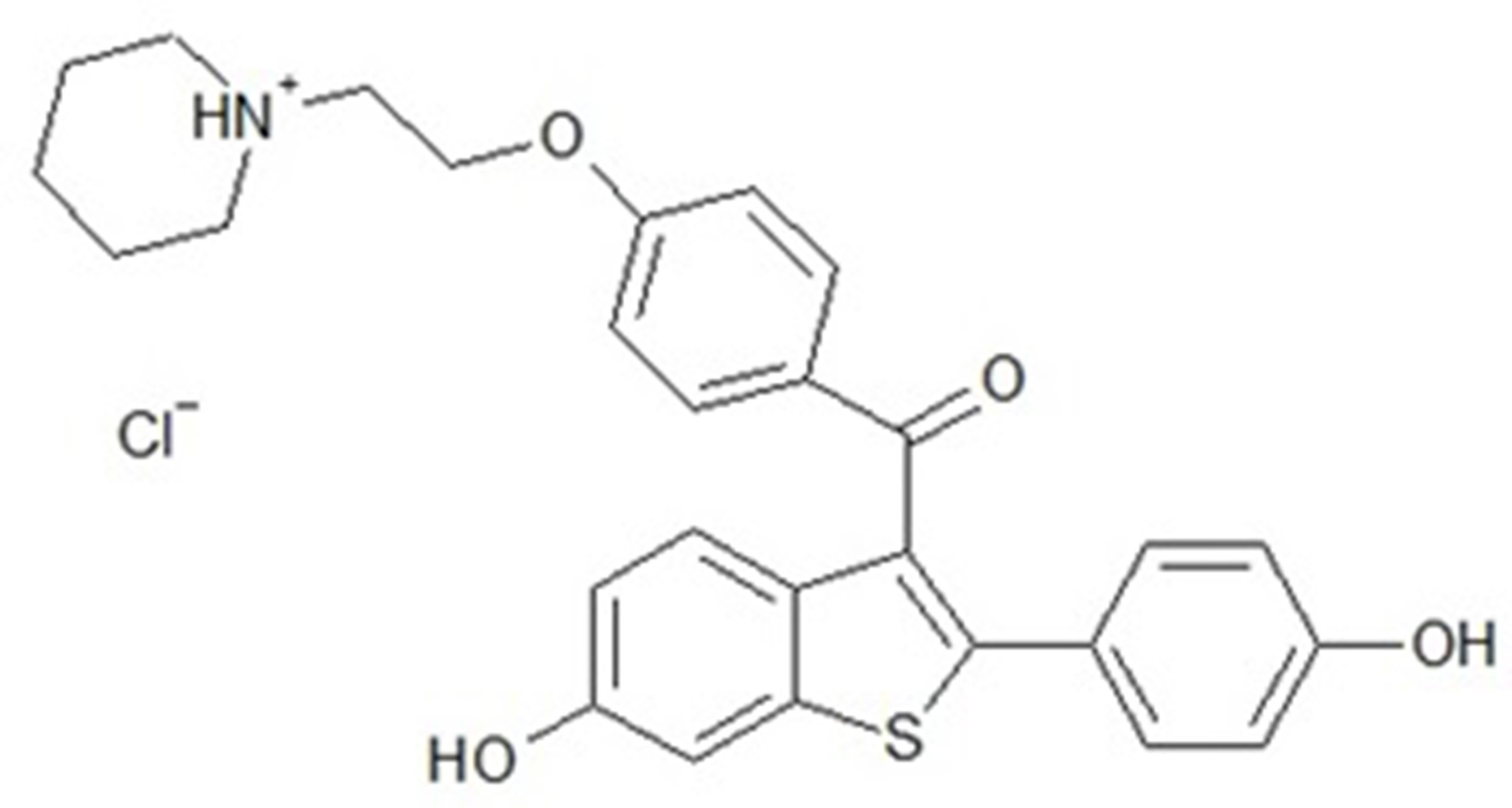Vitamin E TPGS based transferosomes augmented TAT as a promising delivery system for improved transdermal delivery of raloxifene

Raloxifene is commonly used for breast cancer protection. The low bioavailability of raloxifene (2%) is the result of its low solubility and intestinal glucuronidation.
The nano-lipid carriers are characterized by small particle size, biocompatibility, and sustainable properties that improve cellular uptake of the loaded drug. The aim of this study was the improvement of raloxifene bioavailability by enhancing its solubility and cellular penetration through formulation of D-α-tocopheryl polyethylene glycol 1000 succinate based transferosomes and augmenting their effect with the cationic cell-penetrating peptide transactivator of transcription of the human immunodeficiency virus. Particle size, zeta potential, and transmission electron microscope investigation of the formed nanocarriers were carried out.
Ex vivo raloxifene permeation through rat skin and cell viability studies was investigated. The results of D-α-tocopheryl polyethylene glycol 1000 succinate- transactivator of transcription of the human immunodeficiency virus transferosomes showed an average vesicle size of 96.05 nm with positively charged vesicles 39.4 mV of zeta potential value.
The results revealed significant (p < 0.05) enhancement of raloxifene permeation from raloxifene transferosomes- loaded film when compared with raw raloxifene film. IC50 results showed significant improvement of formulated raloxifene cytotoxicity by 1.42-fold in comparison with raw raloxifene against MCF-7 cell lines. The developed raloxifene—transferosom
Download the full research paper: Vitamin E TPGS based transferosomes augmented TAT as promising delivery system
GET A SAMPLE OF VITAMIN E TPGS FROM PMC ISOCHEM
Alhakamy NA, Fahmy UA, Ahmed OAA (2019), PLoS ONE 14(12): e0226639. https://doi.org/10.1371/journal.pone.0226639

